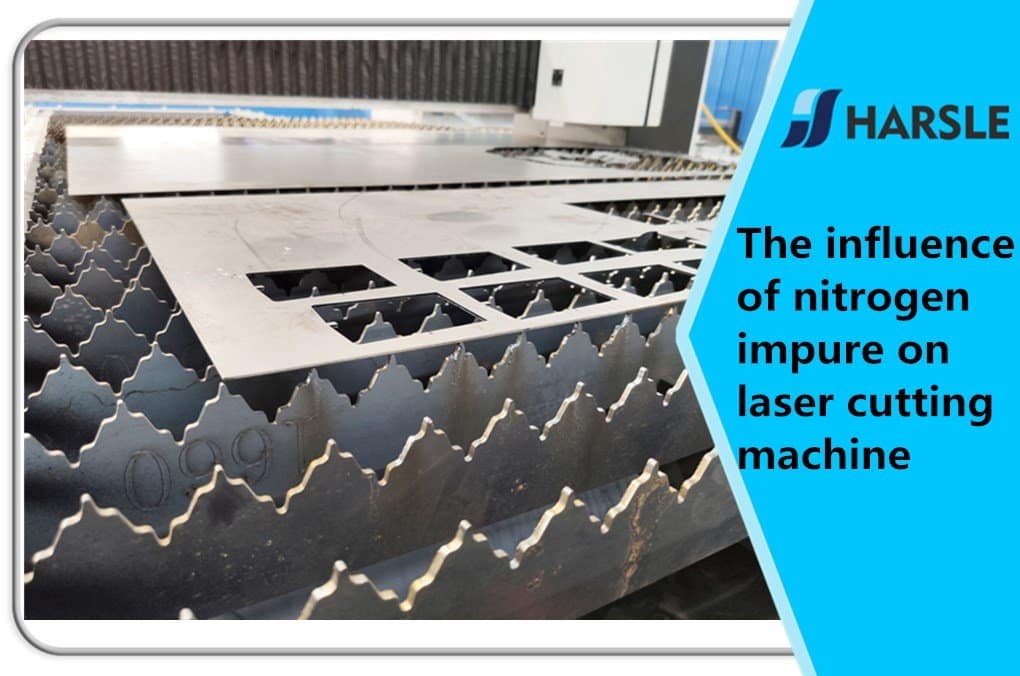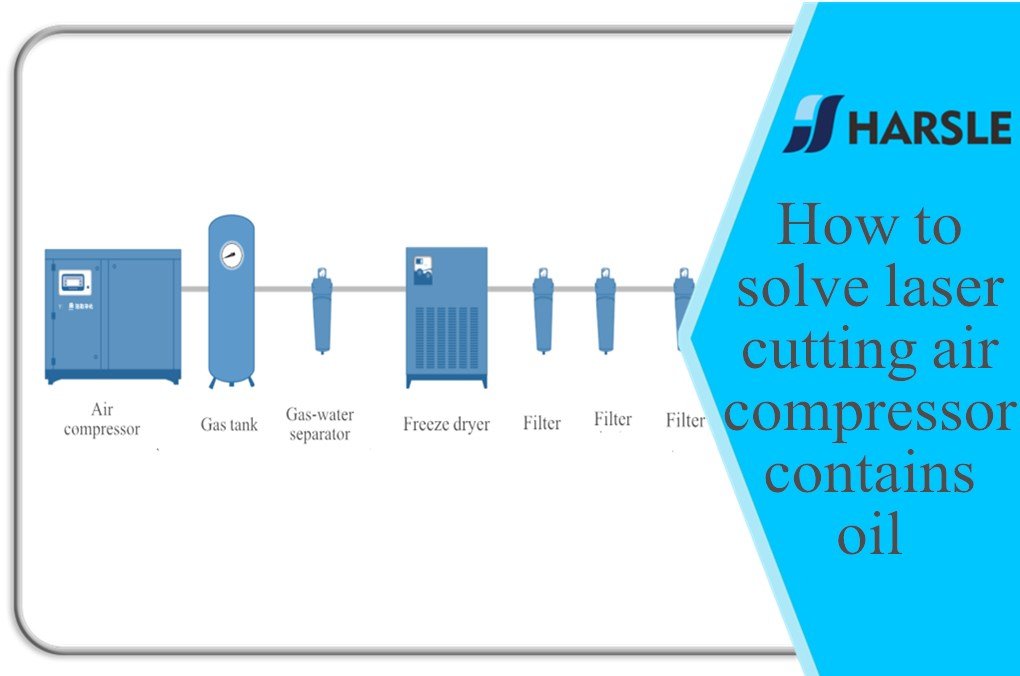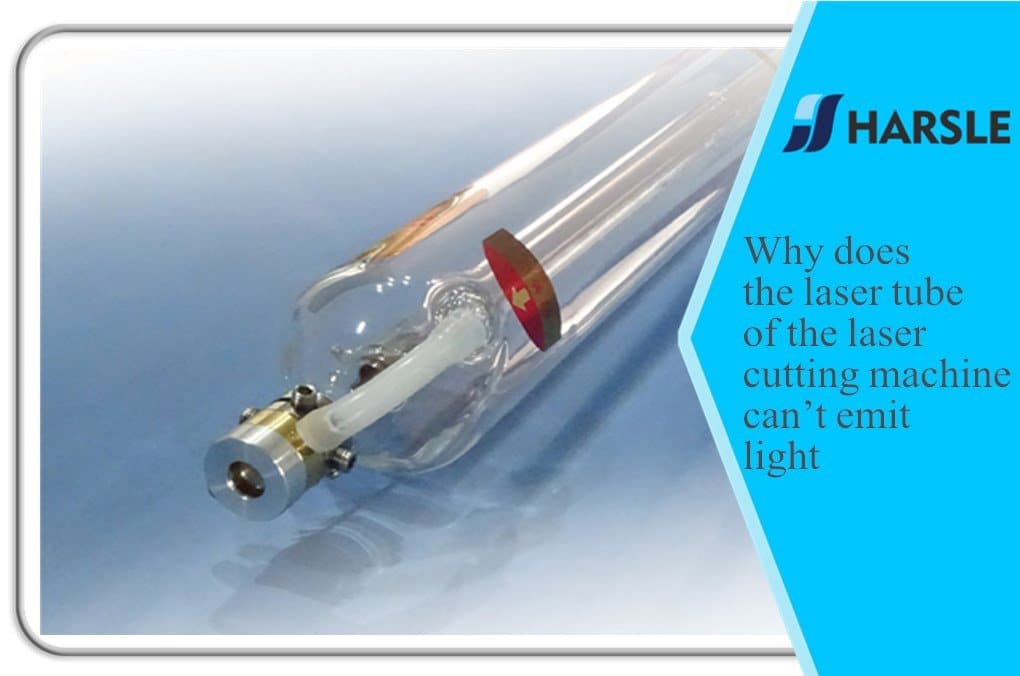L'influenza dell'azoto impuro sulla macchina da taglio laser

L'applicazione dell'azoto nelle macchine da taglio laser viene utilizzata principalmente come gas ausiliario nel taglio dell'acciaio inossidabile! L'influenza dell'azoto impuro sulla macchina da taglio laser.
L'azoto ha due funzioni come gas ausiliario per l'acciaio inossidabile
1. L'azoto è un gas inerte, che impedisce la reazione di ossidazione nel taglio laser. Mantenere la lucentezza metallica (brillante) della superficie tagliata dei prodotti in acciaio inossidabile.
2. Soffiare la parte fusa al laser con pressione di azoto per formare una cucitura di taglio!
In genere, taglio laser ha diversi requisiti per l'azoto:

Purezza
In genere, i requisiti di purezza sono superiori a 99,99%, maggiore è, meglio è! Il motivo è mantenere la lucentezza metallica originale dell'acciaio inossidabile sul taglio superficie durante il taglio dell'acciaio inossidabile! Se la purezza è troppo bassa, verrà prodotta la superficie di taglio. La reazione di ossidazione provoca l'ingiallimento o l'annerimento della superficie tagliata. Influenza dell'azoto impuro
Pressione
La pressione dipenderà dallo spessore dell'acciaio inossidabile tagliato. In genere è sufficiente 1Mpa inferiore a 10 mm. Se si desidera tagliare acciaio inossidabile da 20 mm, la pressione dell'azoto è generalmente 2Mpa o superiore.
Flusso
La portata sarà determinata dal diametro e dalla pressione dell'ugello di taglio. Naturalmente, il motivo principale è lo spessore dell'acciaio inossidabile tagliato. Se è in acciaio inossidabile a piastre spesse, il flusso sarà molto grande!
Nitrogen is a chemical element present in various forms and quantities in different materials and processes. Its influence can be both advantageous and detrimental, depending on the context. This comprehensive exploration delves into the multifaceted impact of nitrogen impurities, examining their effects on various materials, industries, and applications. From enhancing the strength of steel to contributing to environmental challenges, nitrogen impurities play a diverse and influential role in our world.
Section 1: Nitrogen in Metals and Alloys (200 words)
1.1 Strength Enhancement: Nitrogen impurities can strengthen steel and certain alloys, improving their mechanical properties and making them more robust and durable.
1.2 Corrosion Resistance: Nitrogen contributes to the corrosion resistance of stainless steels, prolonging their lifespan in harsh environments.
1.3 Weldability: However, excessive nitrogen impurities in steel can hinder weldability, leading to defects and reduced joint strength.
Section 2: Nitrogen in Semiconductors and Electronics (200 words)
2.1 Doping and Electrical Properties: In the semiconductor industry, nitrogen is intentionally introduced as a dopant to modify the electrical properties of materials, enabling the production of specialized electronic components.
2.2 Dielectric Materials: Nitrogen compounds find application in dielectric materials used for insulation and capacitance in electronic devices, contributing to their functionality.
2.3 Contamination and Defects: On the downside, unintentional nitrogen contamination in semiconductor manufacturing can result in defects and decreased device performance.
Section 3: Nitrogen in Environmental Science (200 words)
3.1 Eutrophication: Nitrogen impurities, often in the form of nitrates and ammonium, can lead to eutrophication when they enter water bodies. This excessive nutrient input can cause harmful algal blooms and oxygen depletion, disrupting aquatic ecosystems.
3.2 Air Pollution: Nitrogen oxides (NOx), released from combustion processes, contribute to air pollution, forming smog and adversely affecting air quality. These pollutants have direct health impacts on humans.
Section 4: Nitrogen in Chemical Reactions and Industries (200 words)
4.1 Inert Atmosphere: Nitrogen gas is a commonly used inert atmosphere in chemical reactions to prevent undesired reactions and protect sensitive materials from oxidation.
4.2 Nitrogen Blanketing: In food packaging and storage, nitrogen is employed to create a nitrogen-rich environment inside packaging, extending the shelf life of products by reducing oxidative spoilage.
Section 5: Nitrogen in Biological Systems and Health (200 words)
5.1 Nitrogen Fixation: Nitrogen impurities play a critical role in agriculture. Nitrogen-fixing bacteria convert atmospheric nitrogen into ammonia, enriching the soil with nitrogen nutrients essential for plant growth.
5.2 Health Implications: Nitrogen impurities in the form of nitrates and nitrites can be found in food and water. In excessive quantities, they pose health risks, particularly to infants, with potential links to conditions like methemoglobinemia.
Section 6: Managing Nitrogen Impurities (100 words)
6.1 Control and Regulation: Proper management and control of nitrogen impurities are essential to harness their benefits while mitigating adverse effects. Regulations on nitrogen emissions in industries and agricultural practices aim to minimize environmental impact.
Conclusion (150 words)
Nitrogen impurities exert a multifaceted influence on materials, industries, and the environment. While they can enhance the strength of metals, improve electronic properties, and support agricultural productivity, nitrogen impurities also contribute to challenges such as eutrophication, air pollution, and health concerns. Managing and regulating the presence of nitrogen impurities are crucial steps toward leveraging their advantages while addressing their potential drawbacks. Understanding the intricate balance of nitrogen’s influence across various sectors is essential for responsible and sustainable practices in our interconnected world.
influence of nitrogen impure influence of nitrogen impure influence of nitrogen impure influence of nitrogen impure influence of nitrogen impure influence of nitrogen impure influence of nitrogen impure











